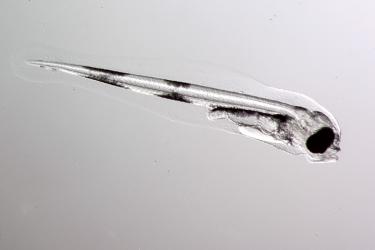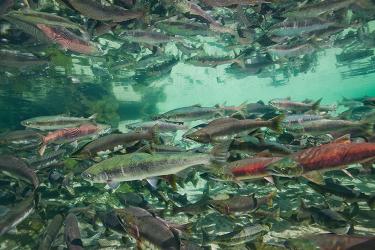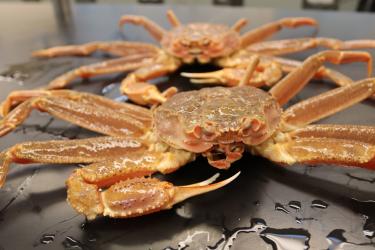The Washington Sea Grant Program (WSGP) has made available the executive summary of its final report, "Solutions to Seabird Bycatch in Alaska's Demersal Longline Fisheries." The summary of results and recommendations can be found on the WSGP website according to James W. Balsiger, Administrator, Alaska Region, National Marine Fisheries Service (NMFS).
The report presents results from a two-year scientific research study that tested the efficacy of various seabird avoidance measures currently used in the demersal longline fisheries for groundfish and halibut in waters off Alaska. The study tested devices such as:
- streamer lines (paired and single)
- weighted groundlines
- line shooters
- lining tubes
— all intended to keep seabirds away from the baited hooks during the longline setting operation.
The principal investigator of the research program, Ed Melvin, will present the final research results to the North Pacific Fishery Management Council (Council) at its meeting in October in Seattle, Washington. Melvin will make recommendations to the Council and NMFS for revisions to existing seabird avoidance requirements to improve their effectiveness at reducing seabird bycatch.
The Council is scheduled to take action on revisions to the existing seabird regulations at its October meeting.
Please contact Kim Rivera at (907) 586-7424 or kim.rivera@noaa.gov for additional information.


